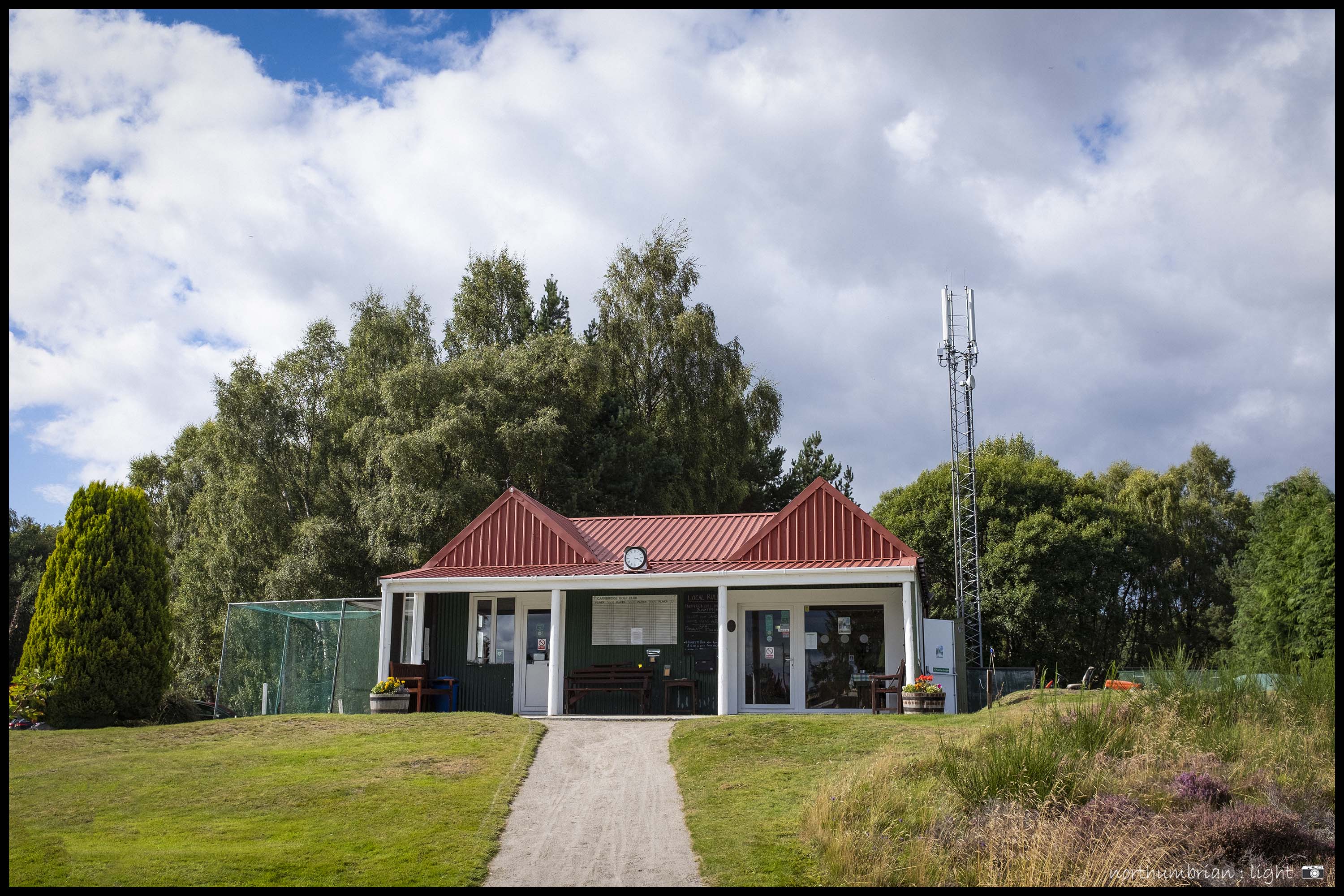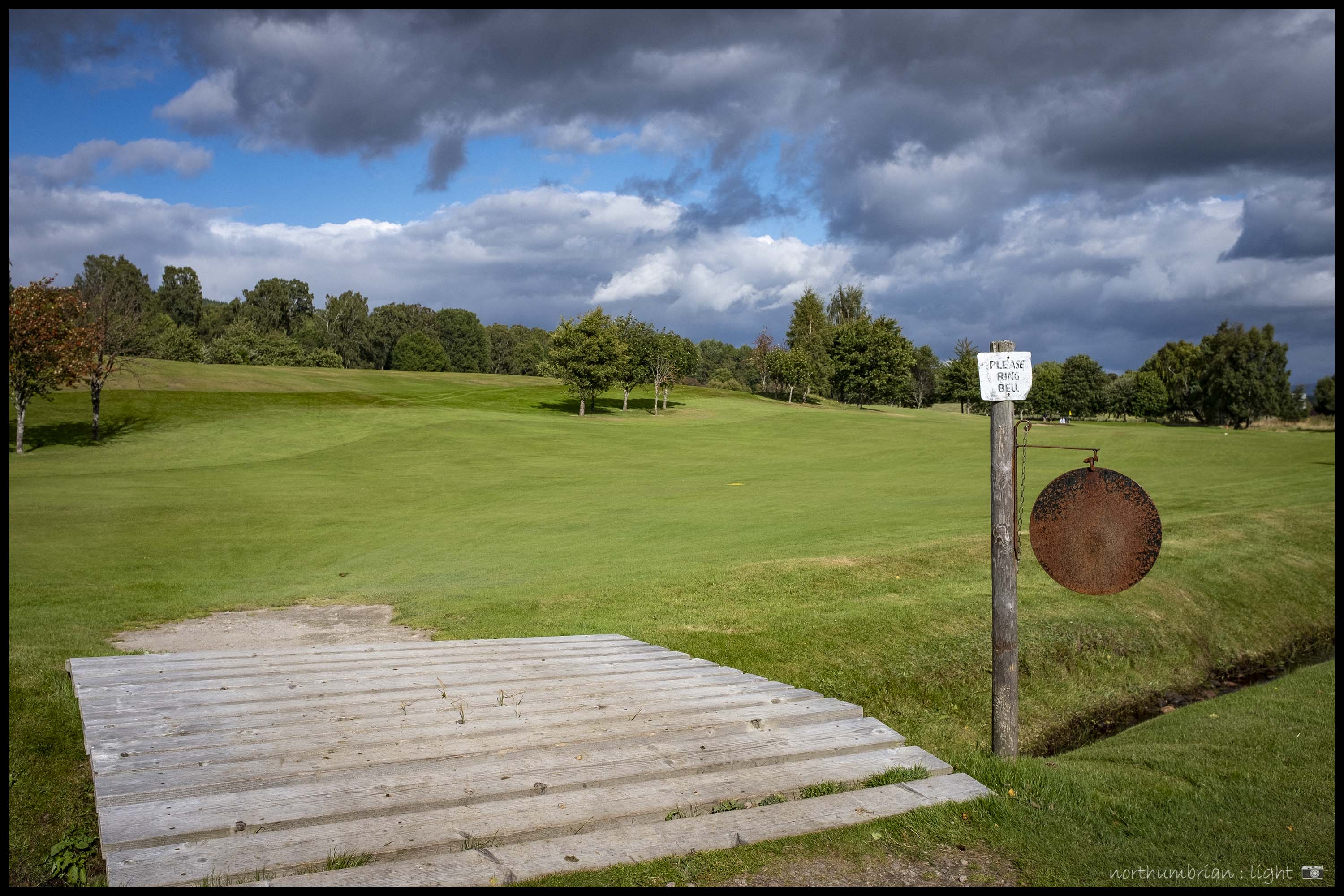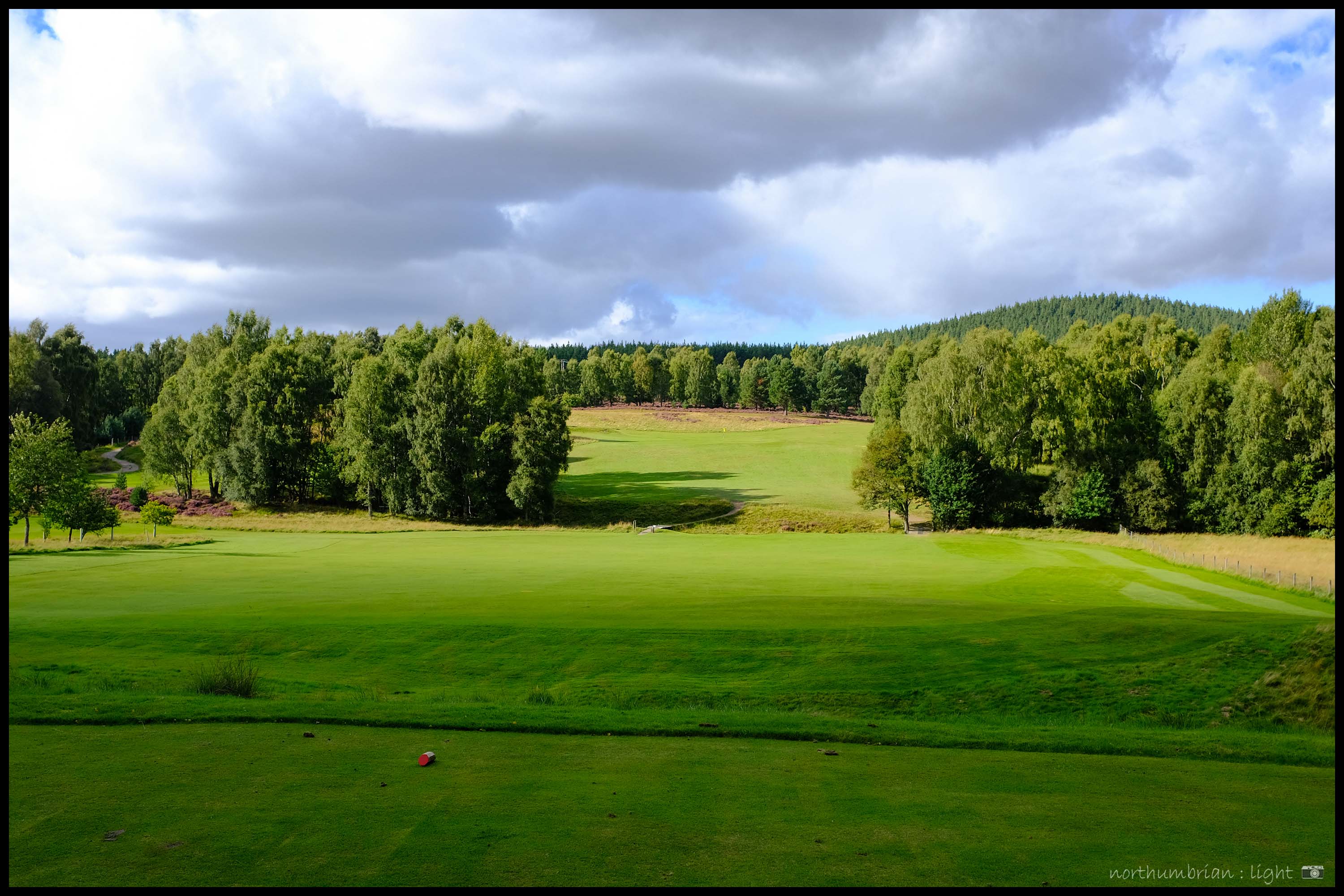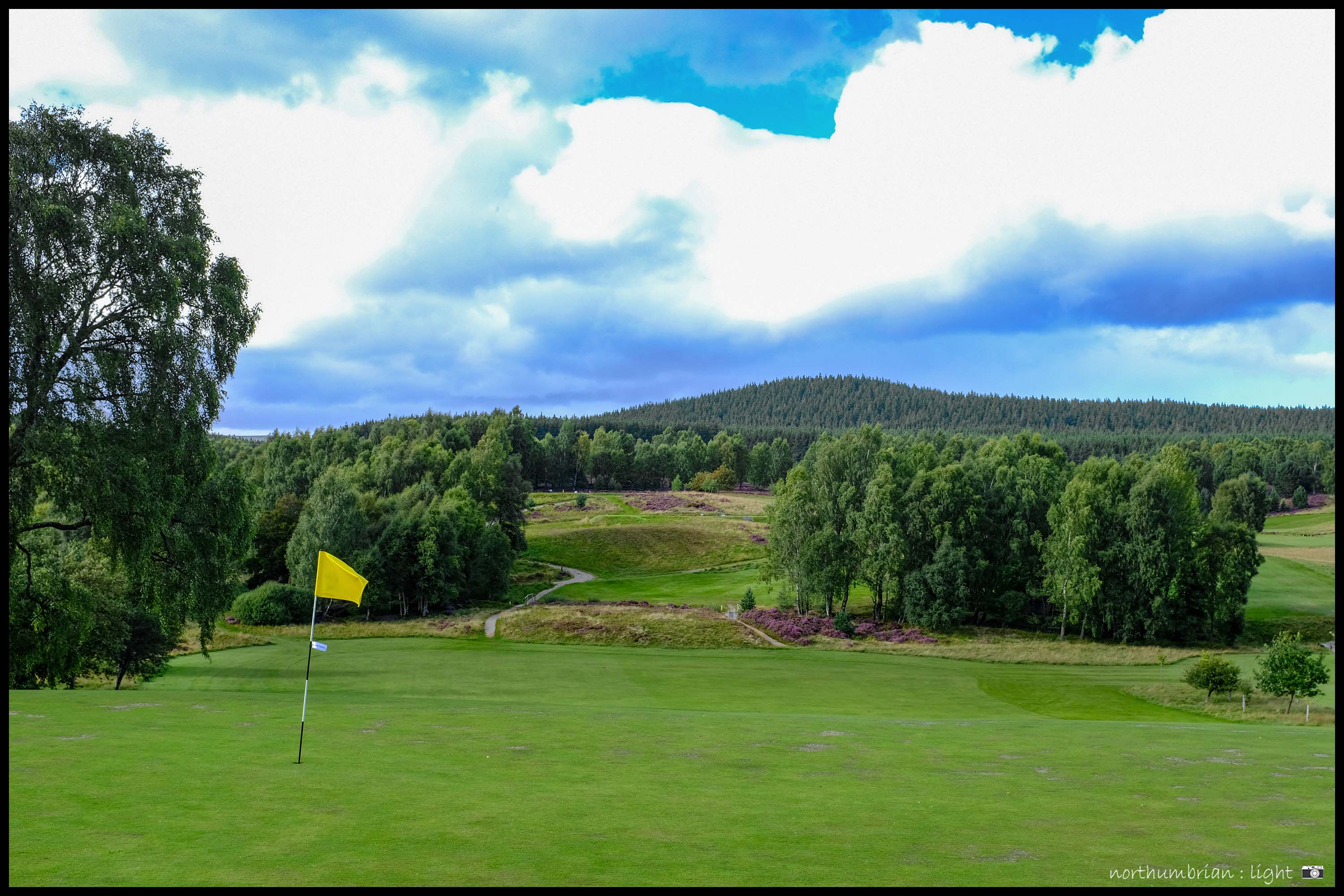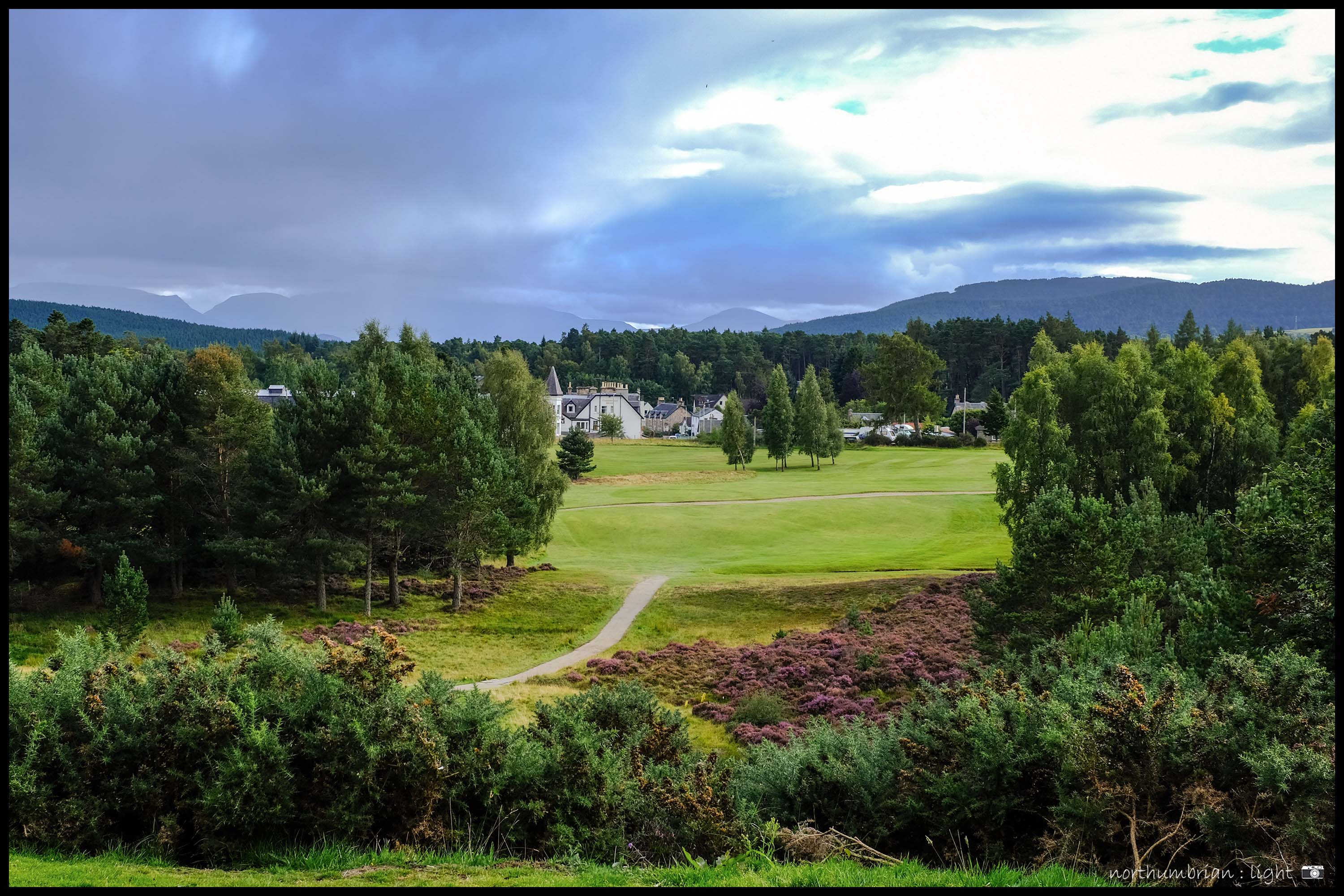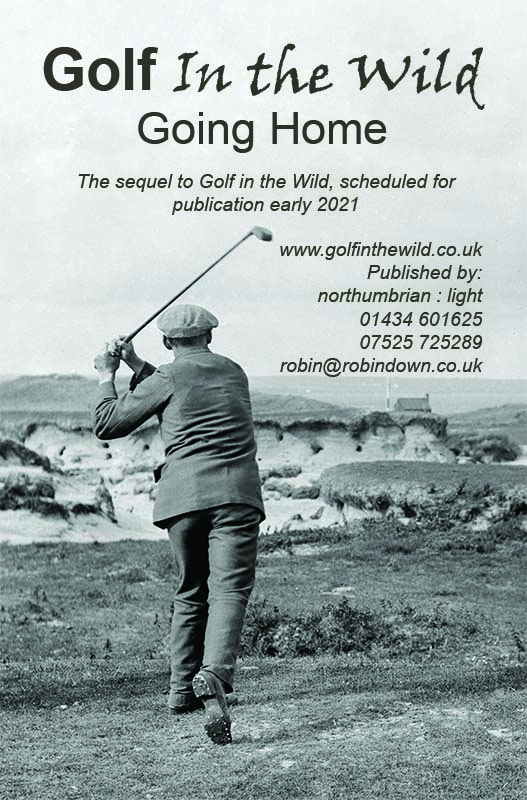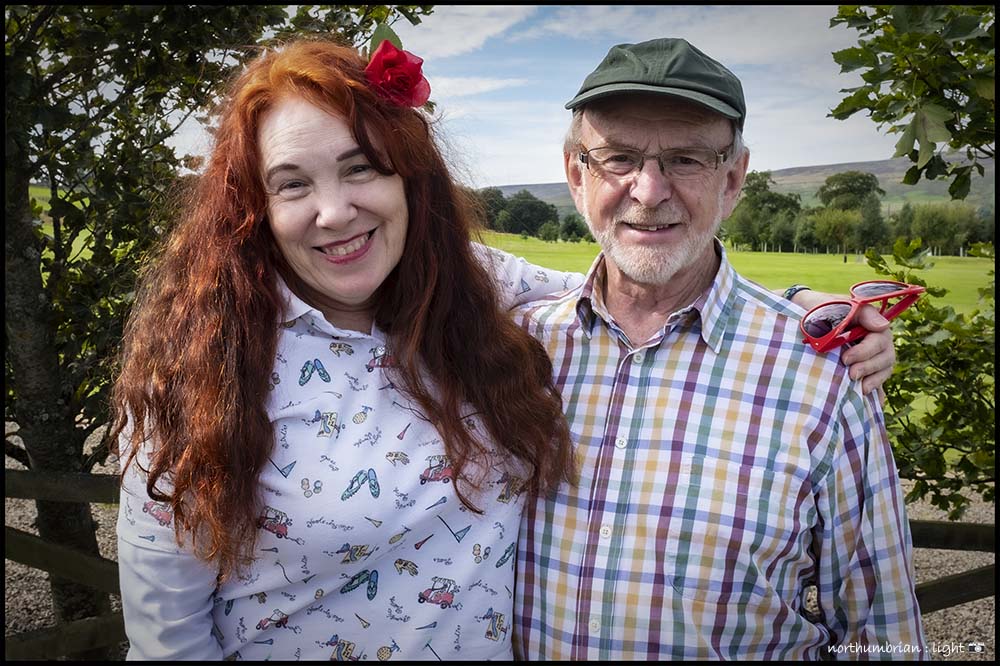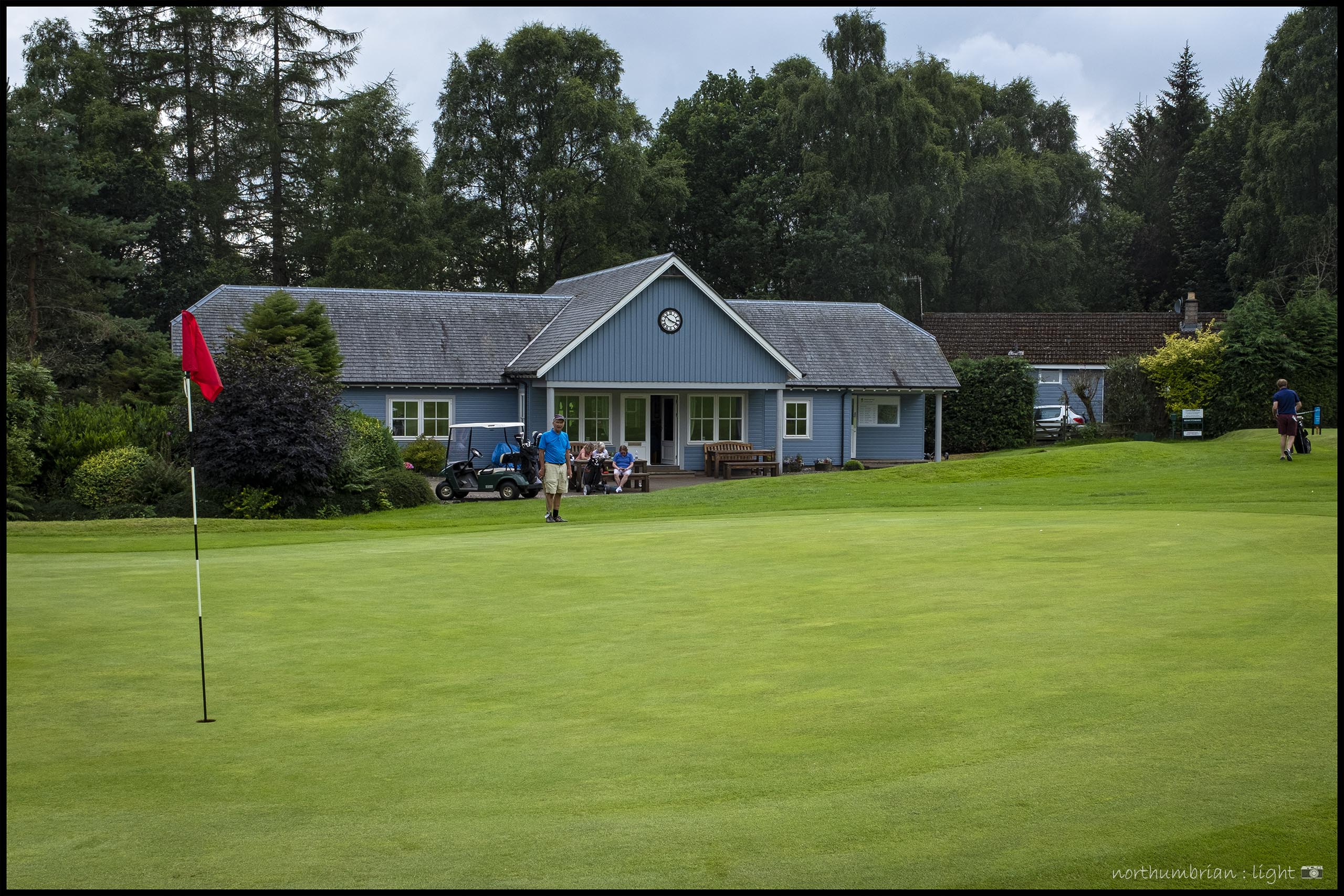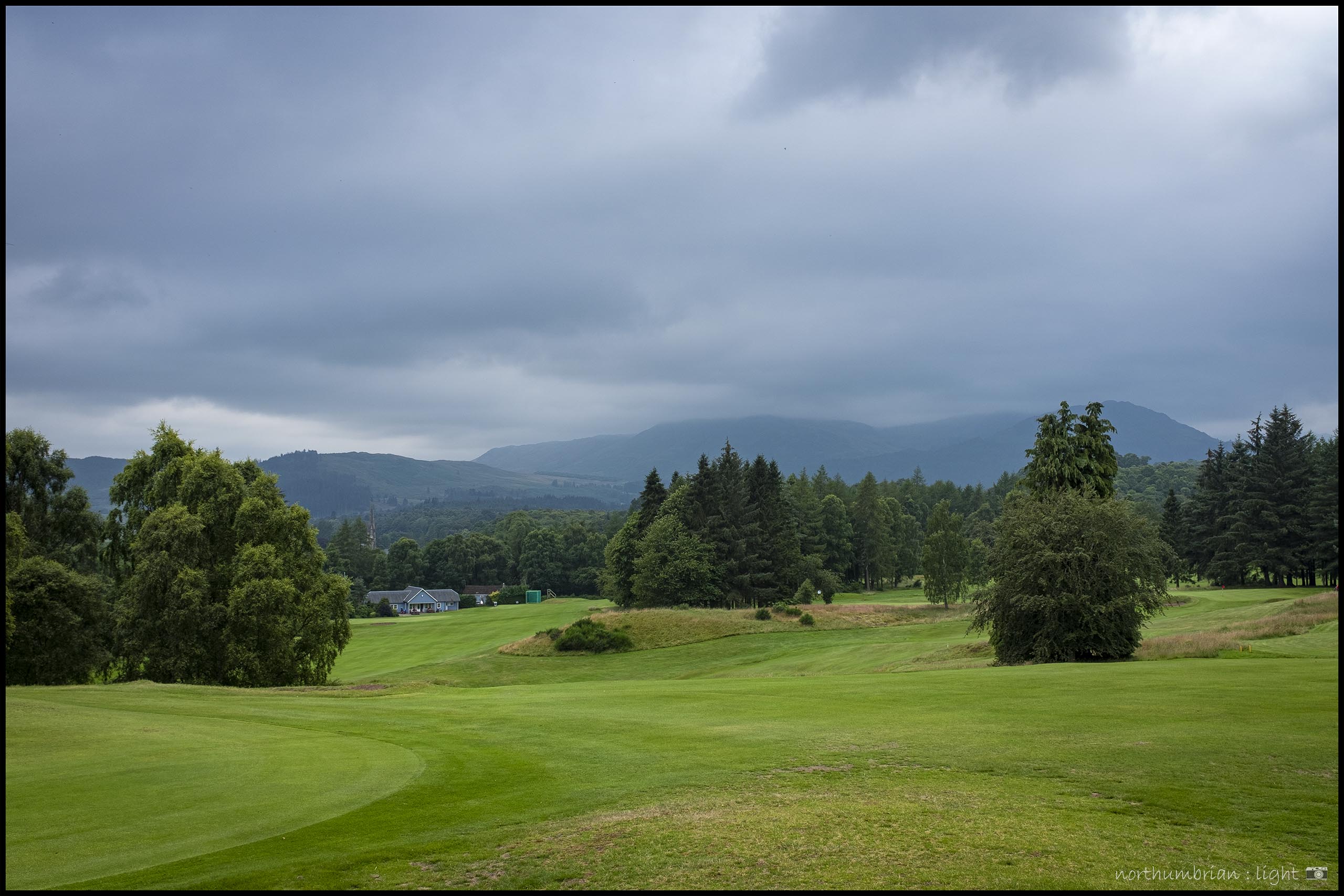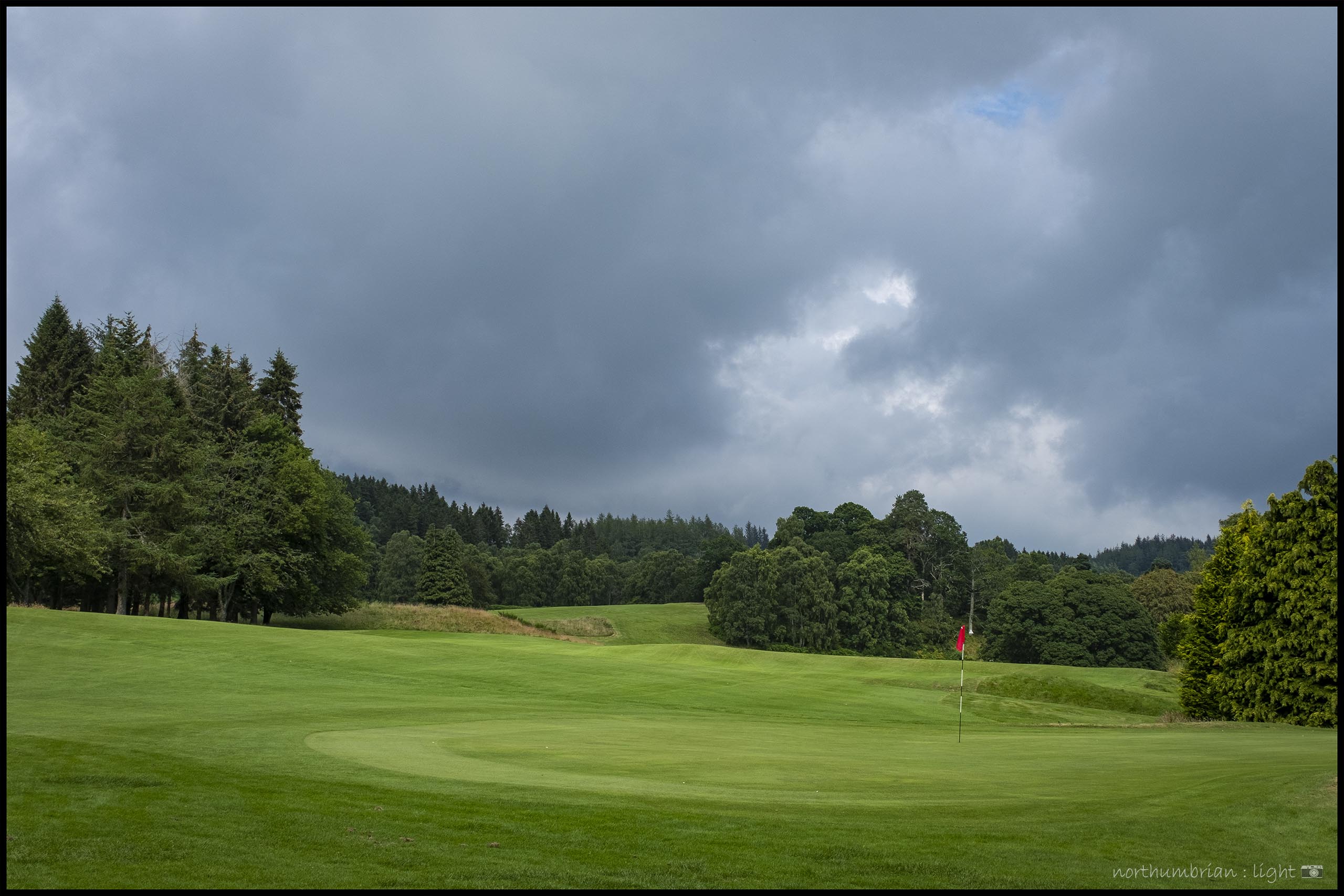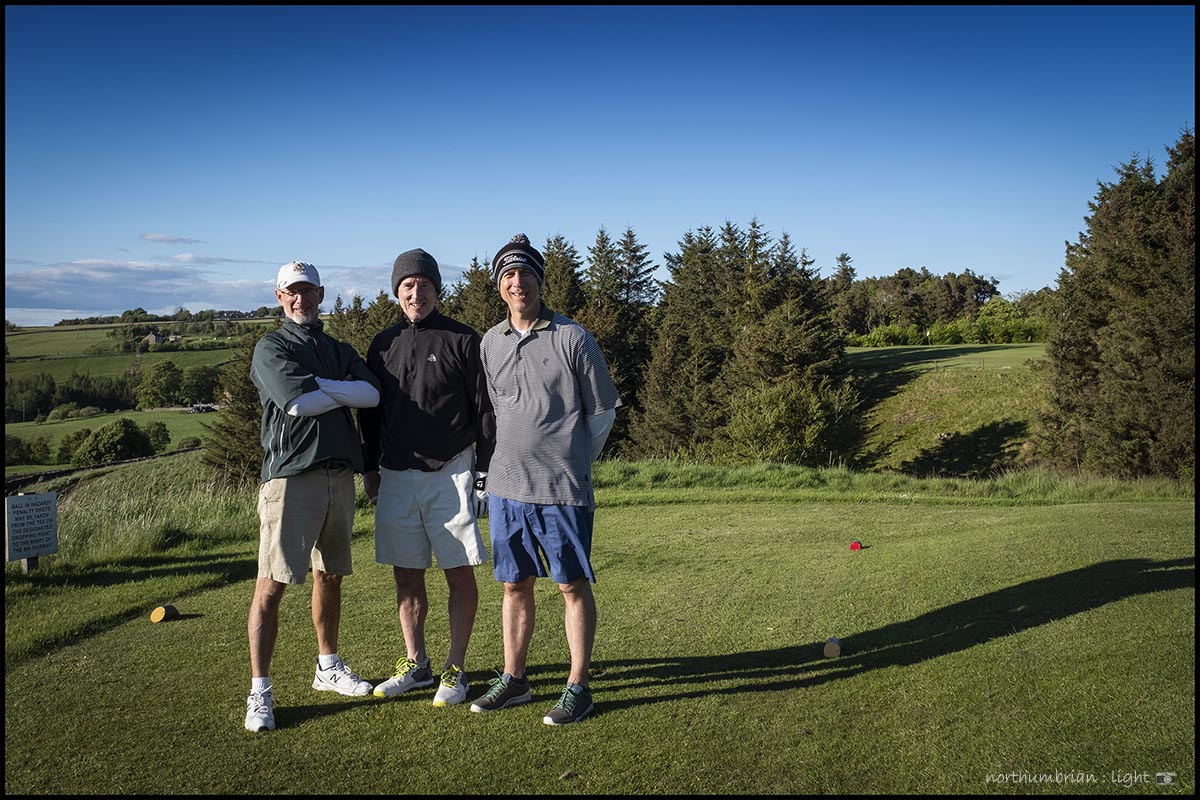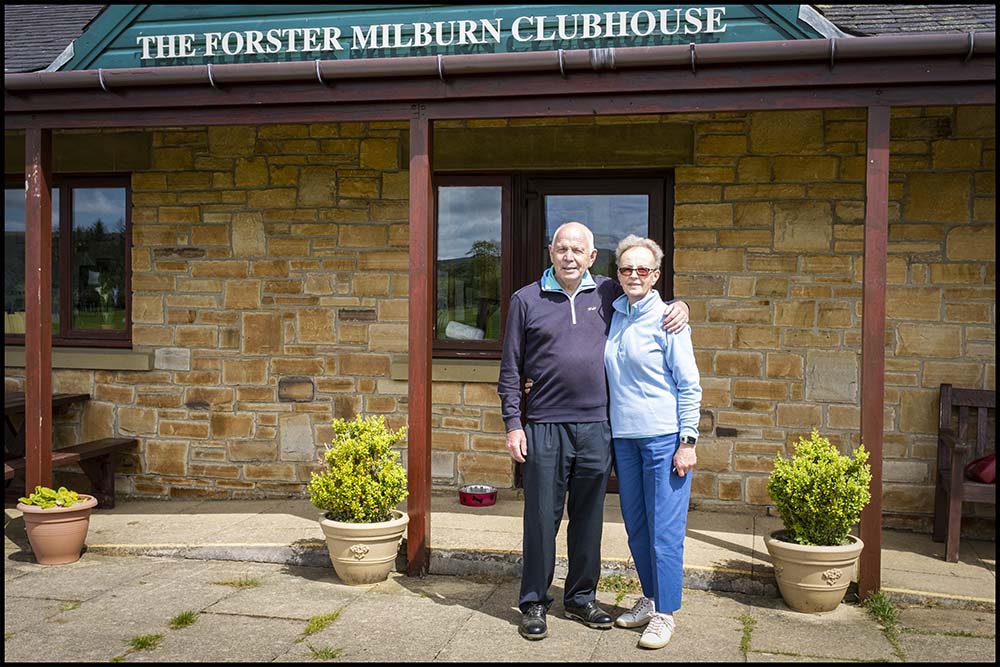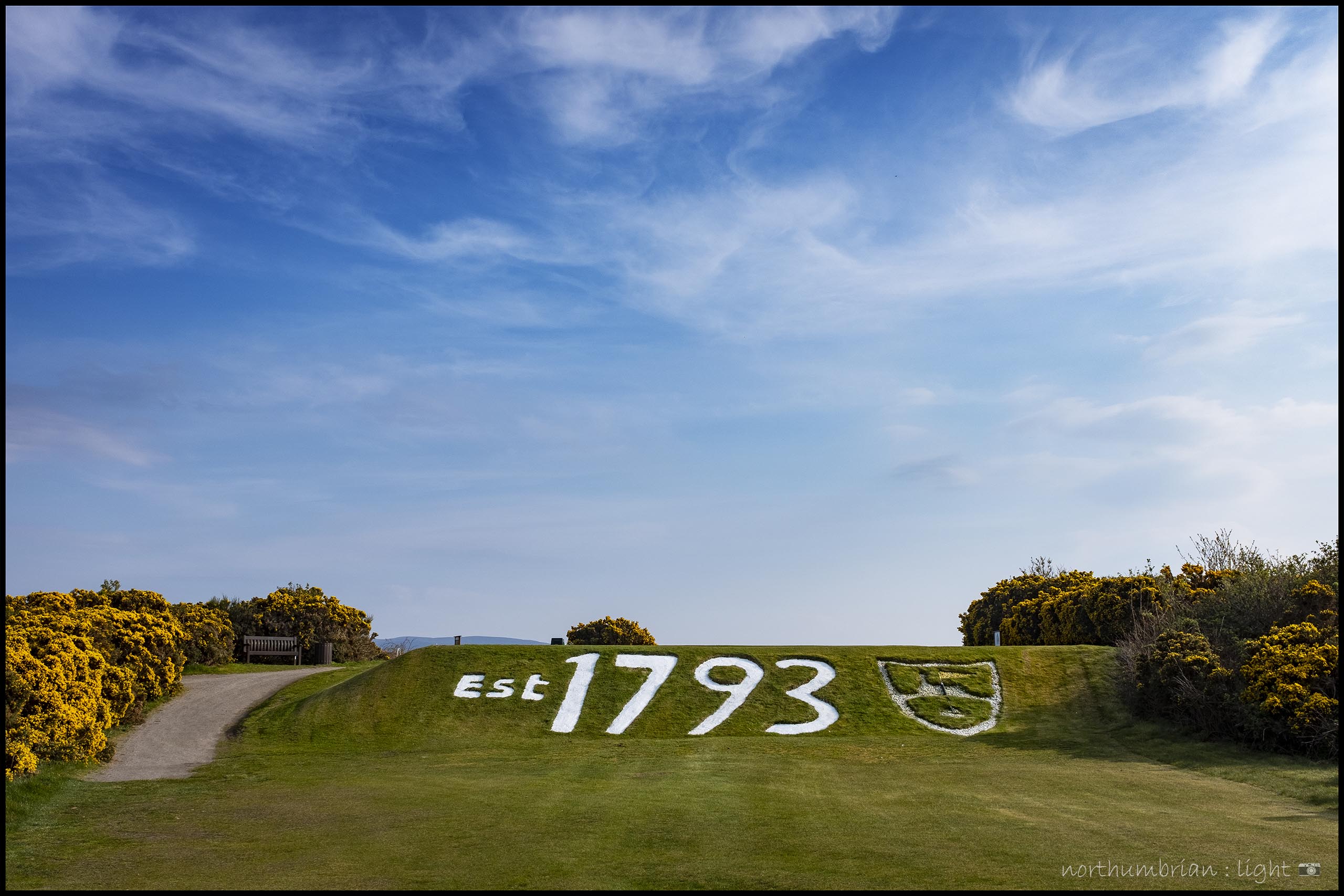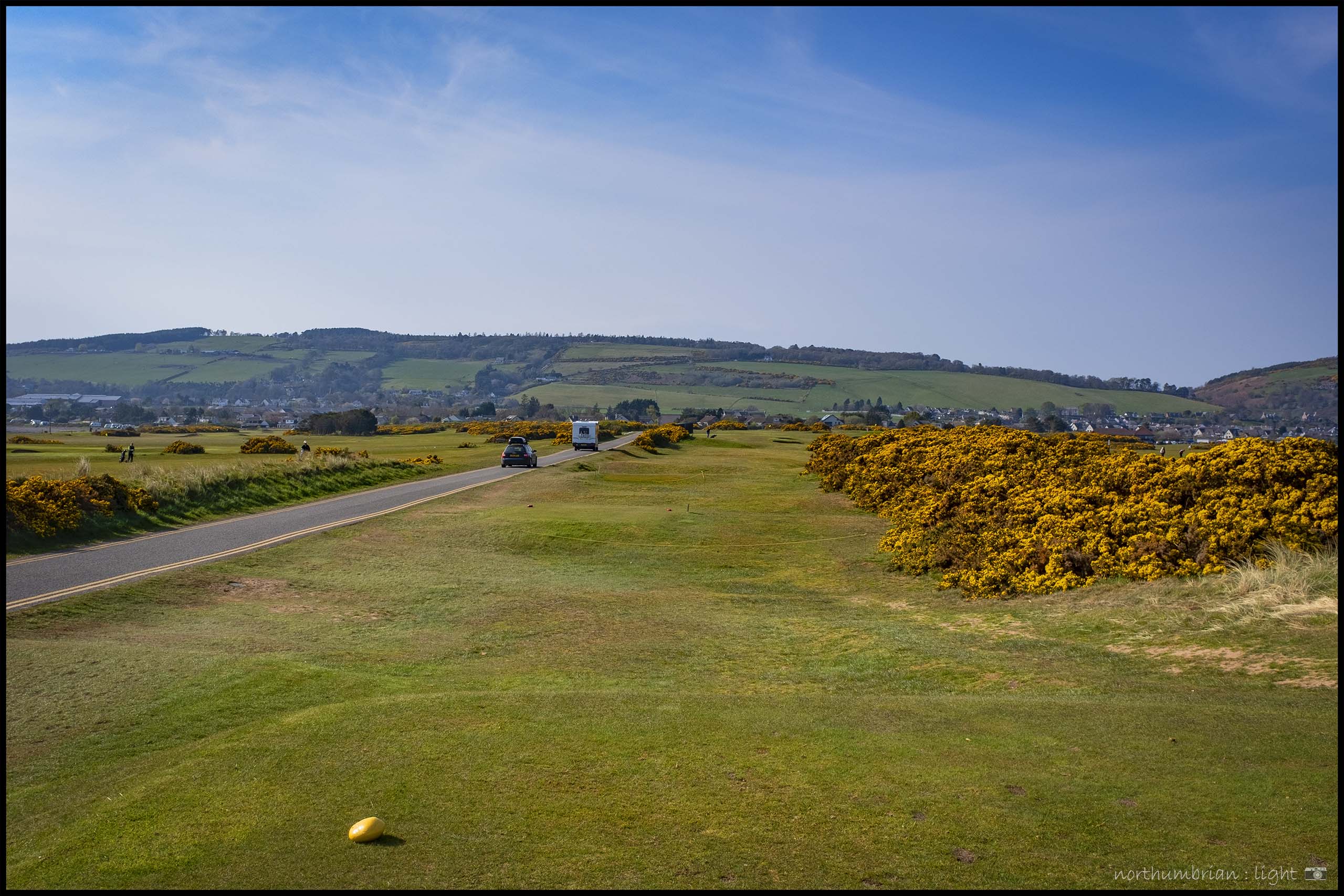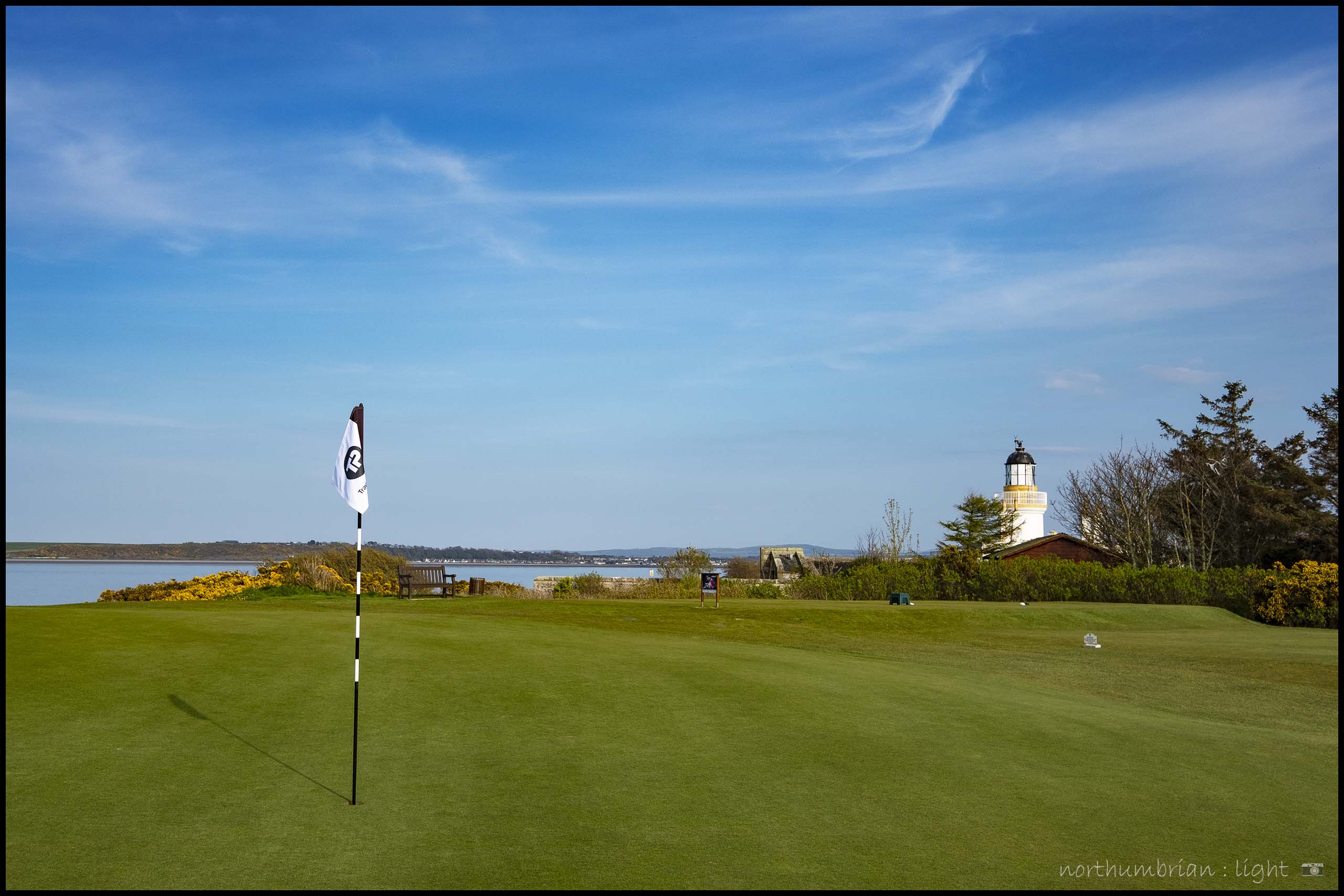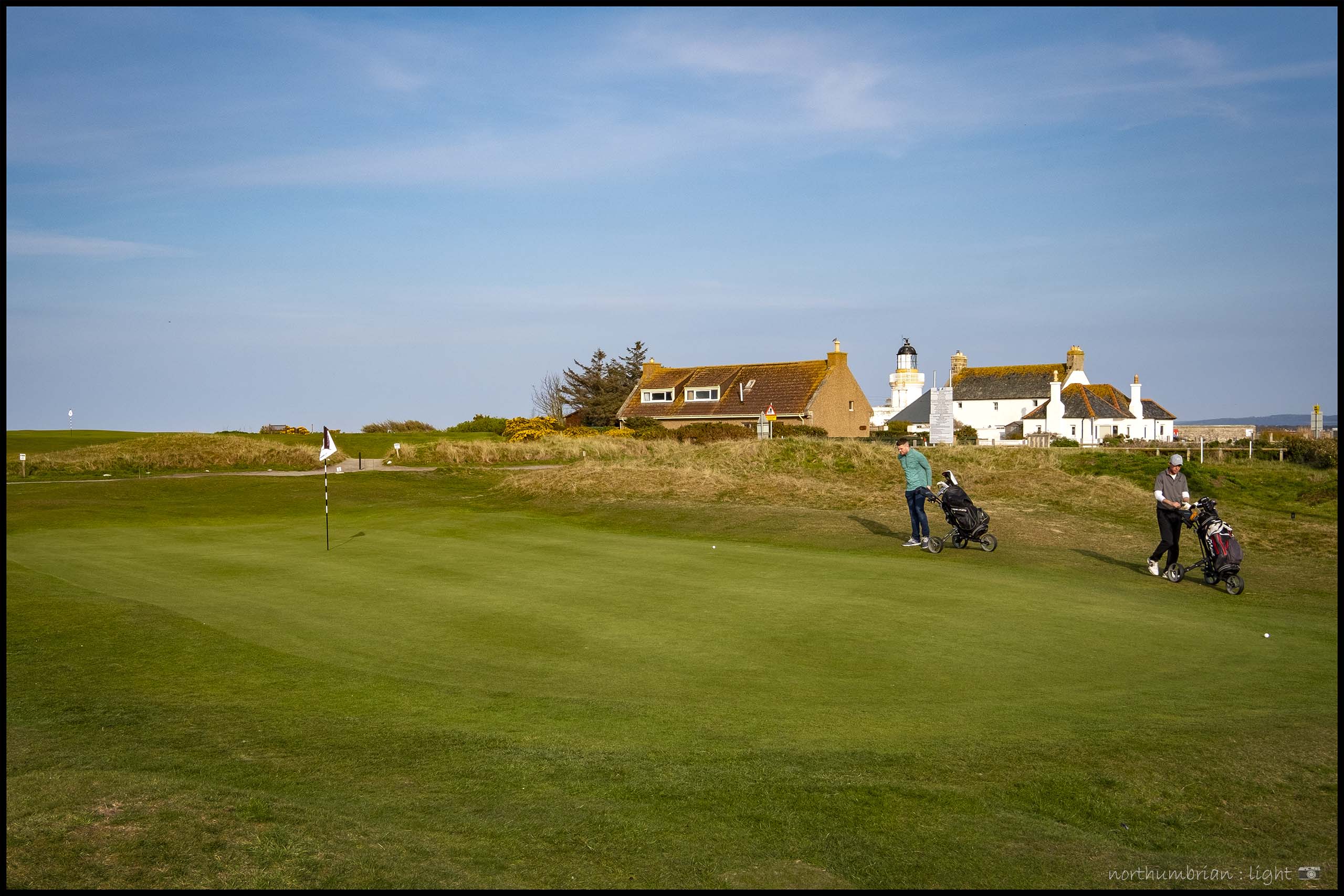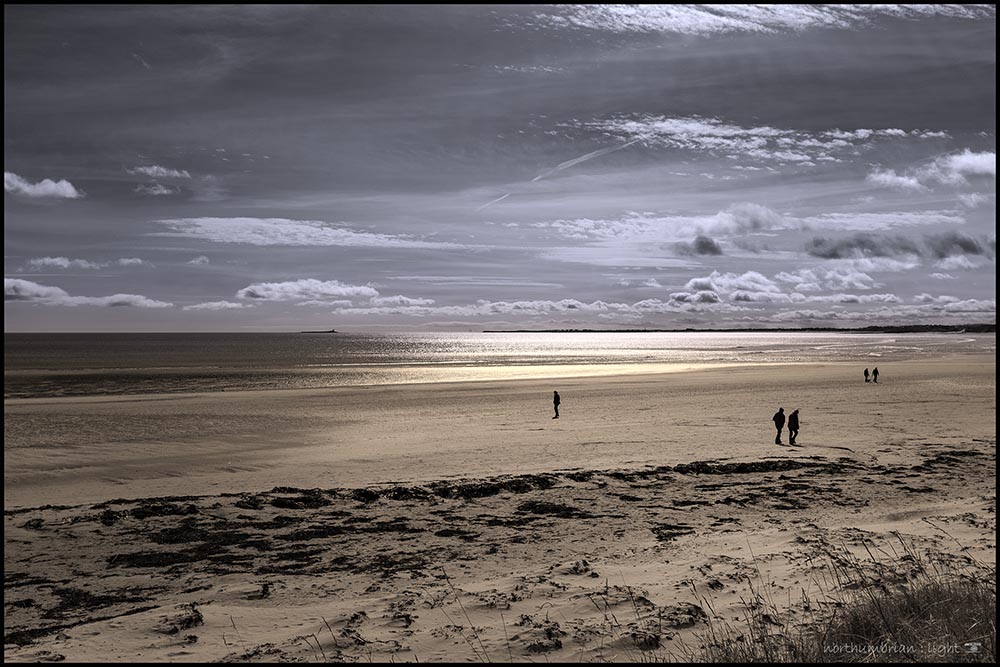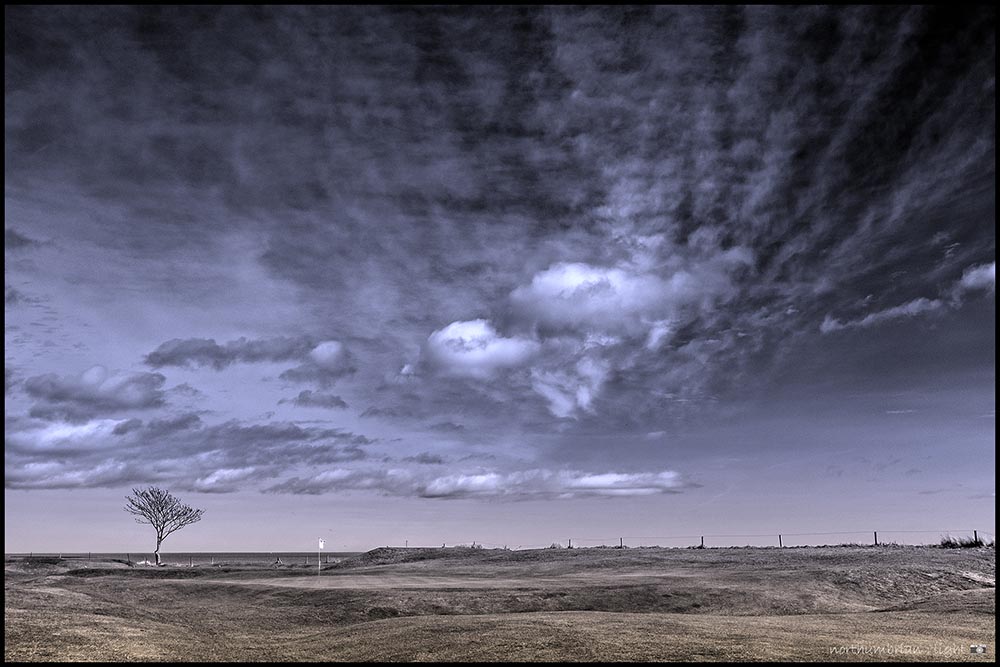You don’t have to be Inspector Clouseau to realise that, while Golf in the Wild is written as one long glorious journey of golfing delights, the reality is that it is ‘researched’ over several years and many different trips north. As I progress towards completion of the sequel, there has been a longstanding gap between Cullen and Blair Atholl. Heading north on an annual visit to Traigh, I had to take the opportunity to find the missing link. It was a half remembered conversation with our greenkeeper and club secretary, Neil, that went something like “have you not played Carrbridge, it’s first class” – the implication being that any itinerant golfer worth his salt could not possibly have passed it by. I confessed that I had not.
Neil was not wrong. Immaculately presented, a sensible length with nine very different holes and each one imprinted on my memory. And here’s the thing – clubhouse door to clubhouse door, give or take an inch or two, it is exactly half way between Cullen and Blair Atholl – 56.3 miles from Cullen to Carrbridge and 56.2 miles from Carrbridge to Blair Atholl. In every sense, this course was predestined for Golf in the Wild – Going Home.
A late afternoon round was played under ever changing skies but rain did not spoil the experience. I will save a full description for the book but these are some immediate memories:
- The first would be a fine introduction to any course – blind from the tee, I guess a long hitter might find the diagonal burn about half way along the fairway but, for an average Joe, it presents no problem. A neat wooden bridge, a ‘bell’ inspired by the J. Arthur Rank gong, it is a visual delight all the way to the green.
- At the second I clipped a drive an unusually long distance, assisted by a down-slope, it ran too far left towards the first fairway and the burn. From down there and probably elsewhere, what to do next had me perplexed. Protected by tall trees left and right, heavy rough and minimal fairway, the green is nestled in a dip out of sight. I could spend a life time trying to master this hole – every course should have one.
- The third is more straightforward but the fourth is protected by another burn which looks too easily driven. From an elevated tee the fairway heads down hill and slowly but surely, the once visible pin disappears from view.
- The fifth and sixth play across the top of the course – a birdie at the fifth at first attempt and a par at the sixth made for one happy golfer – modern course designers take note.
- The seventh and eighth are both from gloriously elevated tees – there is real satisfaction in the soaring, high-flying ball that descends in slow-motion to the centre of the fairway. The seventh green is on a plateau at more or less the same elevation as the tee so there is march down into the valley and a march up again. The bank in front of the green looks deceptively close so, sad to relate, I selected a mid iron and left myself too much to do with my second – a recurring problem. The eighth, a par 3, looks straightforward except for a house encroaching on the eye-line to the left. Which tolerant soul lives there, I wonder.
- And then to the ninth – a steep climb to another elevated tee with a fine view of the Carrbridge Hotel and the mountains beyond – it’s a tough finish. A dogleg, 231 yard par 3, the green invisible from the tee. As the final act to a golf course, it takes some beating; another hole I could take a life time to master. Carrbridge has it all.
